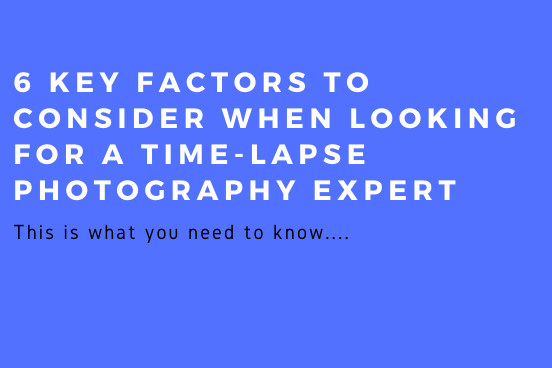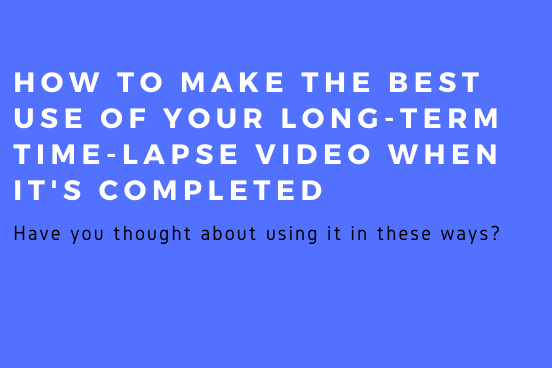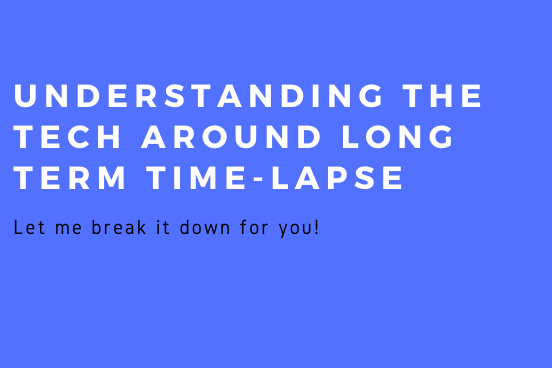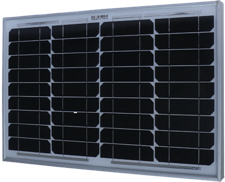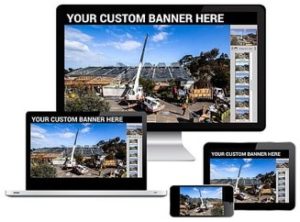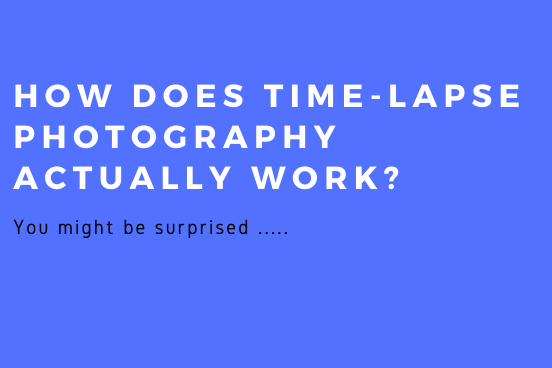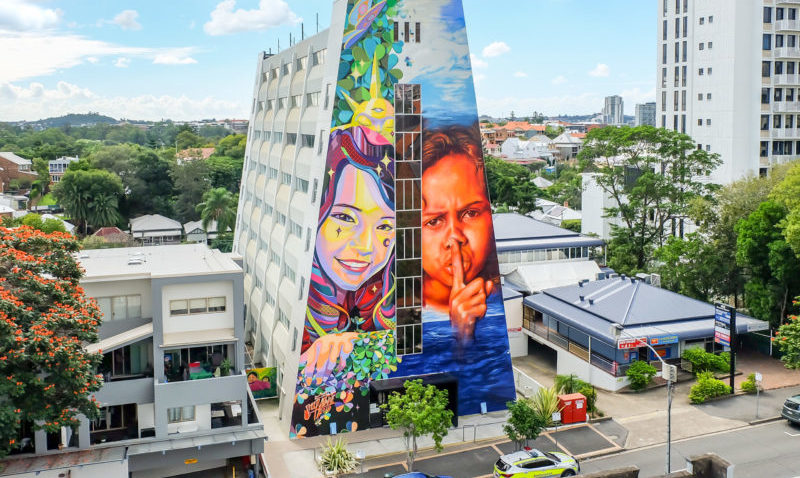Time-lapse photography allows you to bring your project to life in a visual way. There are many different aspects and styles to photography, shooting conditions and various types of equipment required to deliver specific outcomes. This leads us into the first key factor for choosing your time-lapse photographer:
- Expertise – knowledge and experience in a specific field of endeavour is the most important thing. Can a construction time-lapse expert shoot your wedding? Yes, however, the photos are not going to look as good as a professional wedding photographer. Equipment, camera location/angle, lighting, camera settings, planning etc. are all different based on the job at hand. After a few minutes discussing your project or event you’ll soon gage the level of expertise of the person from the answers they provide to your queries, together with the questions they ask you.
- Innovation – with advances in technology long term time-lapse photography now offers many more benefits than just creating a final video of your project. State-of-the-art equipment and online galleries allow you to view real-time activity during the project. Ensure your specialist is using the latest innovations that will assist you to save time, increase efficiencies and enhance capabilities to deliver projects on time and on budget
- Remote capability – For long term time-lapse you need to use technologies that allow the system to be monitored remotely, ensuring everything is operating correctly and images are being captured. Without these capabilities conducting a monthly site check of the system may find something has failed with no footage captured and therefore placing your investment at risk. It’s important to find out upfront if your time-lapse expert offer these features and how they apply to your project or event.
- Project Planning – one of the key factors when preparing for a time-lapse project is planning, even when putting a quote together. Important aspects are:
- Camera Location – obtaining drawings from the client showing a site plan, layout, and elevations of the subject/s can be invaluable in determining where to place the camera to check its proximity to construction activity and its field of view.
- Camera Elevation – can the camera be placed on existing infrastructure, adjacent buildings etc, is a pole required, or is setting up near ground level sufficient to capture what is required.
- Desired Outcomes – important to know expectations as this will determine how the final product will be presented and will generally impact the shooting regime.
- Your time-lapse consultant should be asking these questions as each one of these can have a significant impact on the pricing and will also give you the confidence to discern you are talking to someone who knows what he’s doing.
- Portfolio – ask to review the photographer’s portfolio or samples. This can generally be viewed on their website but not all their work may be displayed which represents the type of project or event you have, or the outcomes you require eg. short & long term time-lapse projects have different requirements – day/night capture, lighting, what footage is required etc.
- Value for money – comparing a couple of quotes is important in the decision-making process but it shouldn’t be the only driver in you deciding on a time-lapse specialist. Make sure you are comparing like for like and also take into consideration all of the above factors to ensure you get your desired outcomes from the engagement, at a competitive price.
Each of these will be presented differently so ensure your chosen professional has the experience for your particular project or can demonstrate he can achieve the desired outcomes.
And don’t be afraid to ask questions, get to know him to ensure he can meet your requirements.

